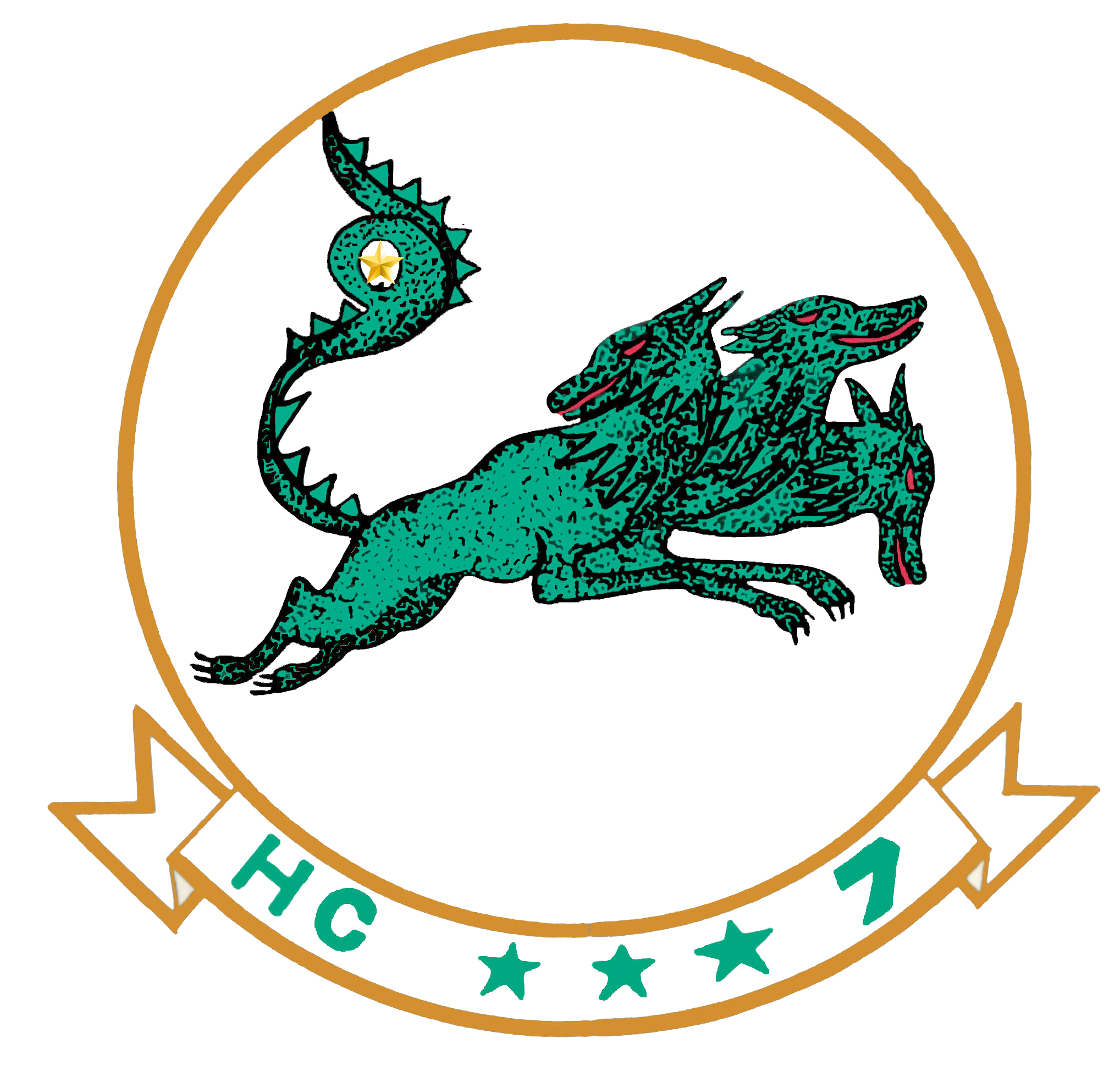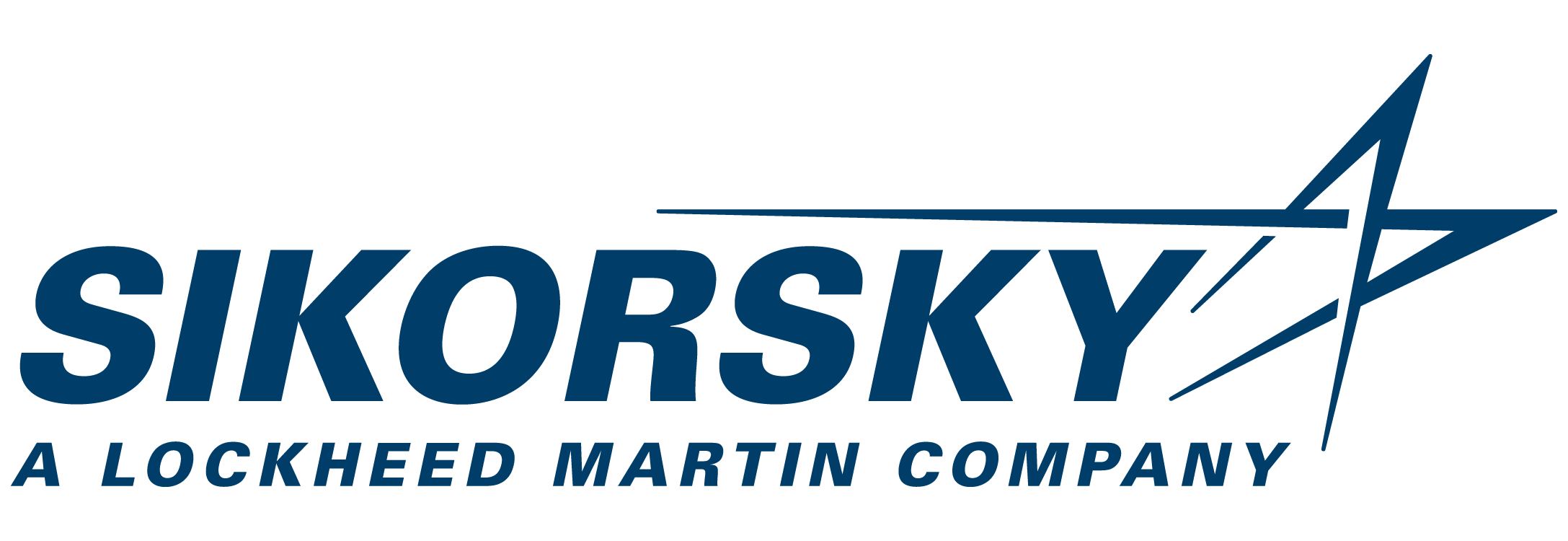
HC-7 RESCUE 124(1) 10-Nov-1972 (Wednesday)
HH-3A Sikorsky Seaking helo Det 110 Big Mother
USS Long Beach (CG-N-9) Combat Day (2)
11 miles off North Vietnam coast – 1 mile from island
Water: 76⁰ Air: 82⁰ Wind: 35 knots Sea State: 4 – 15 foot swells
Pilot – LT Franklin D. Lockett
Co-pilot – CDR Billy C. Lamberth
1st crew – AMH-3 Matthew Szymanski
2nd crew – AT-3 Michael J. Shepherd
Rescue Report; (2)
Alert Received – 08:55- emergency call UHF guard
Vehicle Departed – 09:00 – 34 Miles
Arrived on Scene – 09:20 – Communication
Located Survivor – 09:21 – On-Scene-Commander vectors
Begin Retrieval – 09:22 – sling
Ended Retrieval – 09:24 – sling
Survivor Disembarked – 09:45 – on power – Pickett ship
Total SAR time – this vehicle 0 hours – 45 minutes.
A-7B Corsair (NF-314) (Raven Jet 314) (6) 154506 (Ravens) VA-93, USN,
USS Midway (CVA-41)
Lt Michael J. Cobb
A flight of Corsairs came across two trucks on a road about 15 miles south of Thanh Hoa during an armed reconnaissance mission. As Lt Cobb was making his attack his aircraft was hit by 37mm flak and caught fire. He turned towards the coast and crossed the beach just as the aircraft’s flight control system started to fail. Lt Cobb ejected about 10 miles off the coast when the aircraft became uncontrollable. He was subsequently rescued by a Navy HH-3A SAR helicopter. (5)
“08:54 set emergency flight quarters – 09:01 launch helicopter – 09:02 secure from flight quarters – 09:23 set flight quarters – 09:43 recover helicopter with rescued pilot aboard, the pilot COBB, Michael USNR is in good condition, having suffered only minor back sprain.” (12)
Statement of LT F. LOCKETT
At approximately 08:55 on 10 November 1972 “Emergency SAR Launch” was passed over the ships intercommunication system. I had just gotten the word 15 seconds earlier while visiting the ship’s Combat Control (CIC) room for a brief of the days’ activity.
We made a mad dash for the helo and was airborne at 09:00. We got our initial vectors once airborne of 315 /34 miles. We headed in the general direction at maximum speed. My crew got set-up in route. We arrived on scene at approximately 09:20. We were vectored by the on-scene-commander to the downed pilot. My swimmer was let down by the hoist vice a 10 foot, 10 knots drop due to the 15 foot swells and landing gear which was previously safety-wired-down.
A more or less routine/normal pickup was made. We then headed back to our pickett SAR ship and made a routine landing at 09:45.
While in the rescue phase, hostile fire was reported from the beach. I must commend my copilot and crew for carrying out their duties flawlessly, enabling the entire rescue to go with clockwork precision.
Statement of CDR B. LAMBERTH
At approximately 08:55 on 10 November 1972 LT LOCKETT and I had just entered CIC aboard USS LONG BEACH and heard that an A-7 was down. “ Immediately we ran for our aircraft as word was passed for Emergency SAR Launch on the IMC. No difficulties were encountered and we launched at 09:00, received an initial vector, and proceeded to the scene. The on-scene-commander was outstanding. He ordered all other aircraft up to 20,000 feet and directed them to maintain radio silence. The initial vector was excellent and we entered the area about one mile left of the survivor which necessitated a 90 degree right turn to an on-top position. 12-15 foot swells and 35 knots of wind dictated lowering the rescue swimmer by hoist. With this accomplished, the remainder of the rescue was uneventful. The on-scene-commander reported enemy fire from Hon Matt Island, but this fire did not complicate the rescue. Return to USS LONG BEACH and landing were uneventful. Discussion with the survivor revealed no difficulties in accomplishing the rescue.
We made a mad dash for the helo and was airborne at 09:00. We got our initial vectors once airborne of 315 /34 miles. We headed in the general direction at maximum speed. My crew got set-up in route. We arrived on scene at approximately 09:20. We were vectored by the on-scene-commander to the downed pilot. My swimmer was let down by the hoist vice a 10 foot, 10 knots drop due to the 15 foot swells and landing gear which was previously safety-wired-down.
A more or less routine/normal pickup was made. We then headed back to our pickett SAR ship and made a routine landing at 09:45.
While in the rescue phase, hostile fire was reported from the beach. I must commend my copilot and crew for carrying out their duties flawlessly, enabling the entire rescue to go with clockwork precision.
SECOND CREWMAN SWIMMER – AT3 MICHAEL J. SHEPHERD
The crew of the rescue vehicle had been on the USS LONG BEACH (CGN-9). On the morning of November 10 at 09:00 we were alerted to the 1MC’s call of aircrew flight quarters. We were aboard the aircraft and in the air in about 5 minutes. After airborne we were informed that we had a downed pilot about 35 miles out. We rigged for SAR and I started to get into my swim gear. The pilot was on our nose according to vectors from On Scene Commander but the pilots flares would not light. He fired his pistol with tracer rounds seconds after the pilot had him in sight. I got the word from the first crewman SZYMANSKY that we had sight of the pilot so I got into the horse collar slid my fins out the door so as to get into position for my hoist transfer because of rough seas and a 35 knot head wind from the north. We had the pilot about 20 to 25 yards starboard of the cargo door when SZYMANSKY started lowering me down into the water. The pilot’s raft was directly below me and I told him to stay clear of it. The pilot was having a hard time in hover so I jumped clear of my horse collar and into the water when I was about two feet from the water. I swam to the pilot and checked him over. He seemed to have all his wit/s about him but complained of minor back pain. I told him to stay calm and we would have him out of the water in no time at all. He seemed to be a bit worried that the helo leave since there were boats in the area. He seemed relieved and told him to be calm and he relaxed and I guided him to the hook. I hooked our snap links together then hooked the hoist to mine. I gave SZYMANSKY the thumbs up and we started up out of the water. I could see that the mini gun door was closed for air hover, but doubted it would be easy to get us in the door with the pilots LPA-3 inflated. I took out my knife and punctured the pilot’s LPA-3 before we reached the open door of the aircraft. Once inside the aircraft I took my position at the forward M-60. I told the pilots of the condition of the survivor while SZYMANSKY covered the survivor with a blanket. SZYMANSKY then shot the survivor’s raft with the M-16 his secondary weapon as the minigun had a broken electronic harness at the time. We then flew back to the USS LONG BEACH and made a safe recovery there at 09:45. MICHAEL J SHEPHERD (re-typed by Mike Shepherd – Oct 2010)
I might have been somewhat more nervous while in the water with Cobb if I had known we were under fire the whole time.
The ResCap report said a shell fired from Hon Mei Island hit Cobb’s raft during our egress.
I never told anyone, but Szymanski, that when the helo we used for this rescue went in for check I was assigned the AT portion of the check in Cubi. In doing so, I was supposed to remove the Doppler Radar antennas out of the Doppler antenna bay for corrosion control. The Doppler antenna bay is under the main cabin floor just behind the cockpit step.
Once I removed the deck panel which covers the Doppler Antenna bay, I found a hole in the front wall. I went outside the helo and found a hole just under the front clam shell doors. I then found a dent in the upper deck of the avionics cabin (under the floor of the co- pilots seat).
Once I removed all the avionics gear from the nose shelving, I found the hole in the Doppler Antenna Bay. This lined up with the hole under the nose and the dent under the co-pilots seat. Before removing the Doppler Antennas I looked all over for the spent round, but couldn’t find it. I then took out the ADF radio and found the spent round behind it.
I had that round for years and lost it during a move to where I live now in Folsom. A small arms round evidently went through the front of the aircraft hit the deck under the co-pilots seat ricocheted down through the front wall of the Doppler antenna bay just below the cabin step and lodged behind the ADF radio.
I didn’t tell anyone as I was afraid someone would take it away from me as a souvenir.
If I had it today, I would send it to you. You were never in any danger from this round as it must have been all but spent when it hit us. Otherwise it would have gone through the floor panel, hit the armor plate below your seat and then ricocheted down into the Avionics compartment behind the clam shell doors. Shep ( Mike Shepherd ) ( email 1-2-2014)
1) Numbering as per HC-7 Rescue Log (accumulative rescue number)
2) HC-7 Rescue Log
3) HC-7 Det 110 Rescue report
4) Map – Google Earth
5) “Vietnam – Air Losses” By: Chris Hobson (with permission)
6) Unclassified Accident Report – B-1-53
7) Loss aircraft location data provided by: W. Howard Plunkett (LtCol USAF, retired)
10) HC-7 History collection; Ron Milam – Historian
12) USS Long Beach – Deck Log
13) USS
(Compiled / written by: Ron Milam, HC-7 Historian – HC-7, 2-1969 to 7-1970, Det 108 & 113)
